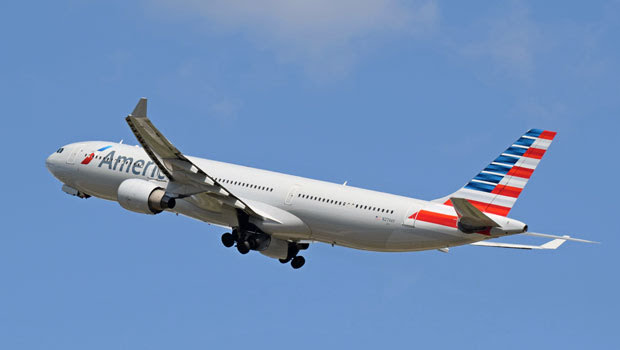
In recent financial disclosures, American Airlines and Southwest Airlines have both reported significant declines in profits, raising concerns about the broader health of the airline industry. This downturn reflects a complex interplay of factors that could have far-reaching implications for the airlines themselves, their employees, and passengers.
Financial Performance Overview
American Airlines, one of the largest carriers in the world, reported a substantial drop in its quarterly profits, attributing the decline to increased operational costs and fluctuating demand. The airline’s profits fell by nearly 40% compared to the same period last year, a stark contrast to the positive trajectory it had been on previously. Southwest Airlines, known for its budget-friendly approach and extensive domestic network, also saw its profits tumble, with a decrease of about 35% in its most recent earnings report.
Both airlines have cited several key factors contributing to their financial struggles, including rising fuel prices, labor shortages, and ongoing operational disruptions. These issues have compounded the challenges faced by airlines in a post-pandemic recovery environment.
Rising Fuel Costs
One of the most immediate and impactful issues for both American and Southwest Airlines is the surge in fuel prices. Fuel is one of the largest expenses for airlines, and fluctuations in oil prices can significantly affect profitability. Recent geopolitical tensions and supply chain disruptions have led to a spike in fuel prices, putting additional strain on the airlines’ financials. With fuel costs accounting for a substantial portion of their operating expenses, the higher prices have eroded profit margins and increased overall operational costs.
Labor Shortages and Increased Wages
Labor shortages have also played a critical role in the declining profits of both airlines. The aviation industry has been grappling with a shortage of qualified personnel, from pilots to ground crew. The pandemic exacerbated this issue as many workers left the industry, and the slow recovery has made it challenging to fill these positions. Consequently, airlines have had to offer higher wages and benefits to attract and retain staff, further increasing their operational expenses.
Operational Disruptions
Operational disruptions have been another significant factor contributing to the financial downturn. Both airlines have faced challenges such as flight cancellations, delays, and logistical issues. These disruptions not only lead to increased costs but also impact customer satisfaction and result in lost revenue. The complexity of managing a large fleet and maintaining reliable operations has become even more challenging in the current environment.
Impact on the Industry
The financial struggles of American and Southwest Airlines are indicative of broader trends affecting the airline industry. The industry has been recovering from the severe impact of the COVID-19 pandemic, but the road to full recovery remains uneven. Airlines are navigating a landscape marked by volatility in fuel prices, evolving consumer preferences, and ongoing supply chain issues.
For passengers, the financial troubles of these major airlines could mean a potential increase in ticket prices as airlines attempt to offset their rising costs. Additionally, service disruptions and changes in flight schedules could become more common as airlines adjust to their financial realities.
Future Outlook
Looking ahead, American and Southwest Airlines will need to implement strategic measures to stabilize their financial performance. This may include enhancing operational efficiency, investing in technology to streamline processes, and adjusting their pricing strategies to better manage costs. Both airlines are likely to continue focusing on cost control and operational improvements to navigate the challenging environment.
In the long term, the airline industry may see shifts in market dynamics as carriers adapt to new realities. This could lead to changes in market competition, consolidation among airlines, or adjustments in service offerings. As the industry evolves, the focus will likely be on achieving greater resilience and efficiency to weather future economic fluctuations and disruptions.
Conclusion
The recent plunge in profits reported by American and Southwest Airlines highlights the ongoing challenges facing the airline industry. Rising fuel costs, labor shortages, and operational disruptions have combined to create a difficult financial environment for these major carriers. While the path to recovery may be fraught with obstacles, the industry’s ability to adapt and innovate will be crucial in shaping its future trajectory. For now, both airlines and passengers will need to navigate a period of uncertainty and change as the sector continues its efforts to rebound from recent setbacks.